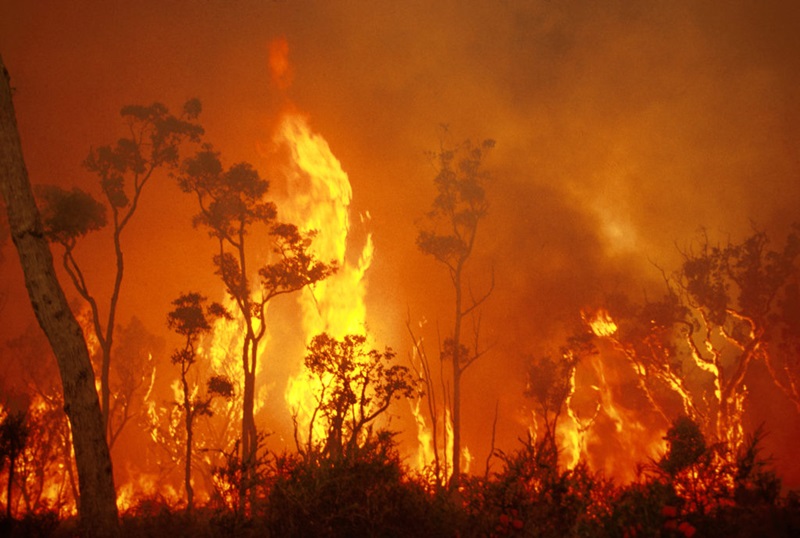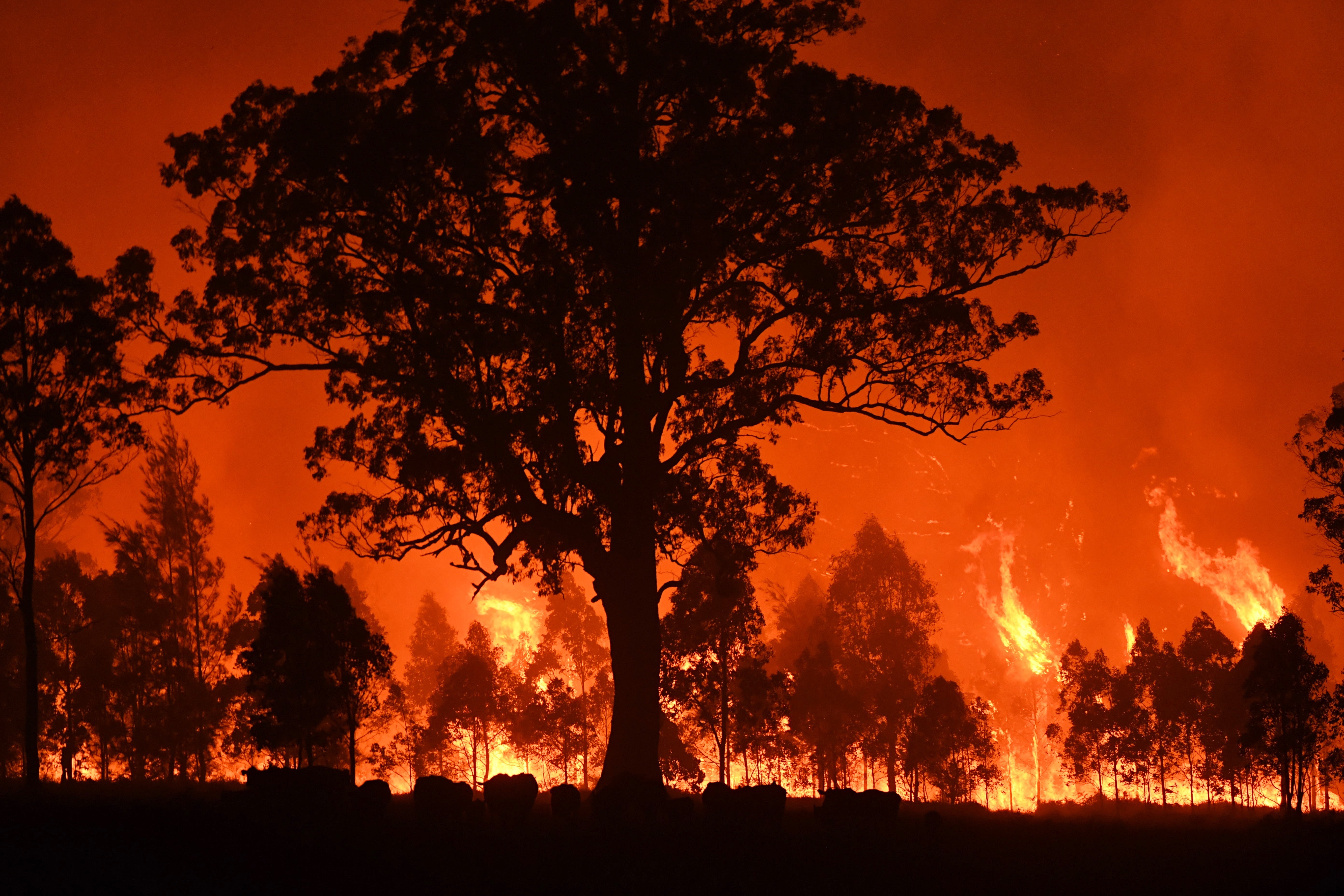BAL Report Fundamentals: Crucial Info for Property Owners
BAL Report Fundamentals: Crucial Info for Property Owners
Blog Article
Value of BAL Record in Ensuring Bush Fire Protection
In the realm of bushfire defense, the relevance of a Bushfire Attack Degree (BAL) record can not be overemphasized. This vital paper acts as a foundational tool in evaluating the potential threat a residential property may deal with during a bushfire and plays a critical role in identifying the necessary safety steps to protect lives and residential properties (BAL Report). Nevertheless, the real worth of a BAL report expands past a mere evaluation; it serves as an assisting light for homeowner and authorities alike, providing insights right into boosting home durability and ensuring efficient fire security.
Comprehending Bushfire Attack Degrees
The comprehension of Bushfire Attack Levels is critical for analyzing the possible threat and impact of bushfires on a residential property. Bushfire Strike Levels (BAL) are a way of determining the severity of a building's possible direct exposure to ember assault, glowing warm, and straight fire get in touch with in a bushfire. Comprehending the various BAL classifications is important for property proprietors, engineers, and contractors in making and creating buildings that are more resilient to bushfires.
There are 6 Bushfire Attack Degrees, ranging from BAL-LOW to BAL-FZ (Fire Area), with each level standing for a different degree of risk and needed building and construction criteria. A BAL evaluation thinks about aspects such as the Fire Threat Index, incline of the land, kinds of bordering plants, and distance to potential fire hazards. By comprehending these degrees, homeowner can make informed decisions concerning bushfire security steps, such as installing cinder guards, using fireproof building materials, and maintaining clear defensible room around the residential or commercial property. Overall, a comprehensive understanding of Bushfire Attack Degrees is essential for effective bushfire planning and defense.
Analyzing Residential Or Commercial Property Threat Levels
After comprehending the ramifications of Bushfire Assault Degrees, the following critical step is assessing the danger degrees connected with specific residential properties. Assessing building threat levels includes an extensive evaluation of various aspects that can influence the vulnerability of a residential or commercial property to bushfires. These variables include the proximity of the residential or commercial property to bushland or greenery, the kind and problem of bordering greenery, the incline and facet of the land, dominating weather, and the existence of combustible products near the home.
Residential or commercial property risk evaluations are crucial in determining the degree of bushfire defense procedures that need to be implemented to guard the residential property and its residents. By accurately examining the threat degrees, homeowner can make informed choices regarding bushfire prevention approaches, such as vegetation management, constructing style modifications, and the installation of fire-resistant materials. In addition, residential property danger analyses play a crucial role in the growth of emergency situation action strategies and evacuation procedures in case of a bushfire.
Applying Safety Measures
Upon finishing residential property danger assessments, the next critical phase includes the implementation of safety measures to boost bushfire security. Executing safety steps is essential for guarding homes and making certain the safety and security of individuals throughout bushfire events. These measures can include setting up coal guards on doors and home windows, making use of fire-resistant building materials for building, creating and maintaining a clear defensible area around the residential or commercial property, and having a accessible and adequate water source for firefighting purposes. Furthermore, it is essential to create and practice an in-depth bushfire emergency situation plan with all residents to guarantee swift and collaborated actions in instance of a bushfire risk.
Regular maintenance of protective steps is just as essential to ensure their performance during a bushfire. This consists of on a regular basis fixing and checking ash guards, carrying out plant life management to decrease gas loads, and screening firefighting tools such as pumps and hoses. By faithfully executing and preserving these protective procedures, homeowner can dramatically raise their strength to bushfires and reduce prospective damages and loss.

Enhancing Home Strength
Enhancing property strength versus bushfires rests on the positive application and important site maintenance of protective procedures focused on fortifying defenses and minimizing possible threats. Home owners can enhance durability by producing and maintaining defensible rooms around their residential properties. This includes frequently getting rid of completely dry plants, maintaining a well-irrigated yard, and having a calculated layout that reduces the danger of fire spread. Additionally, installing ash guards on vents and home windows, making use of fire-resistant building products, and making sure proper upkeep of roofing systems and rain gutters can substantially enhance a residential or commercial property's ability to hold up against a bushfire.
Residential or commercial property proprietors should exercise a Resources bushfire and develop emergency situation strategy, conduct regular fire drills, and make certain all locals recognize exactly how to respond in situation of a bushfire. By taking proactive steps, residential or commercial property owners can substantially Read More Here increase the resilience of their properties against the risk of bushfires.

Ensuring Effective Fire Protection
Carrying out robust fire protection measures is crucial for securing residential properties versus the disastrous influence of bushfires. In addition, mounting fireproof products on the residential property, such as fire-resistant roof and ember-proof displays on home windows, can substantially lower the danger of fire damage.
In addition, having an emergency action plan in position is crucial for making sure efficient fire security. This plan ought to describe emptying procedures, interaction protocols, and designated meeting factors for residents. Regular training and drills must additionally be carried out to make certain that all homeowners are prepared to respond quickly and securely in case of a bushfire.
Conclusion
To conclude, the BAL report plays a crucial function in making sure effective bushfire protection by analyzing residential or commercial property threat degrees, carrying out protective steps, and improving property strength. Recognizing Bushfire Attack Levels is important in determining the degree of danger a residential or commercial property deals with during a bushfire. By following the recommendations described in the BAL report, homeowner can better get ready for bushfires and minimize possible damages. Inevitably, the BAL record is a useful tool in safeguarding homes versus bushfire dangers.
By comprehending these degrees, home owners can make educated decisions concerning bushfire security steps, such as installing coal guards, making use of fireproof structure materials, and keeping clear defensible area around the residential or commercial property. Evaluating home threat degrees entails a comprehensive evaluation of numerous variables that can influence the sensitivity of a residential property to bushfires.Home threat assessments are vital in determining the level of bushfire security actions that require to be carried out to guard the home and its owners. By taking aggressive actions, property proprietors can considerably increase the durability of their residential properties versus the risk of bushfires.
In verdict, the BAL report plays an essential duty in making certain effective bushfire defense by evaluating residential or commercial property threat degrees, applying protective actions, and enhancing home resilience. (BAL Report)
Report this page